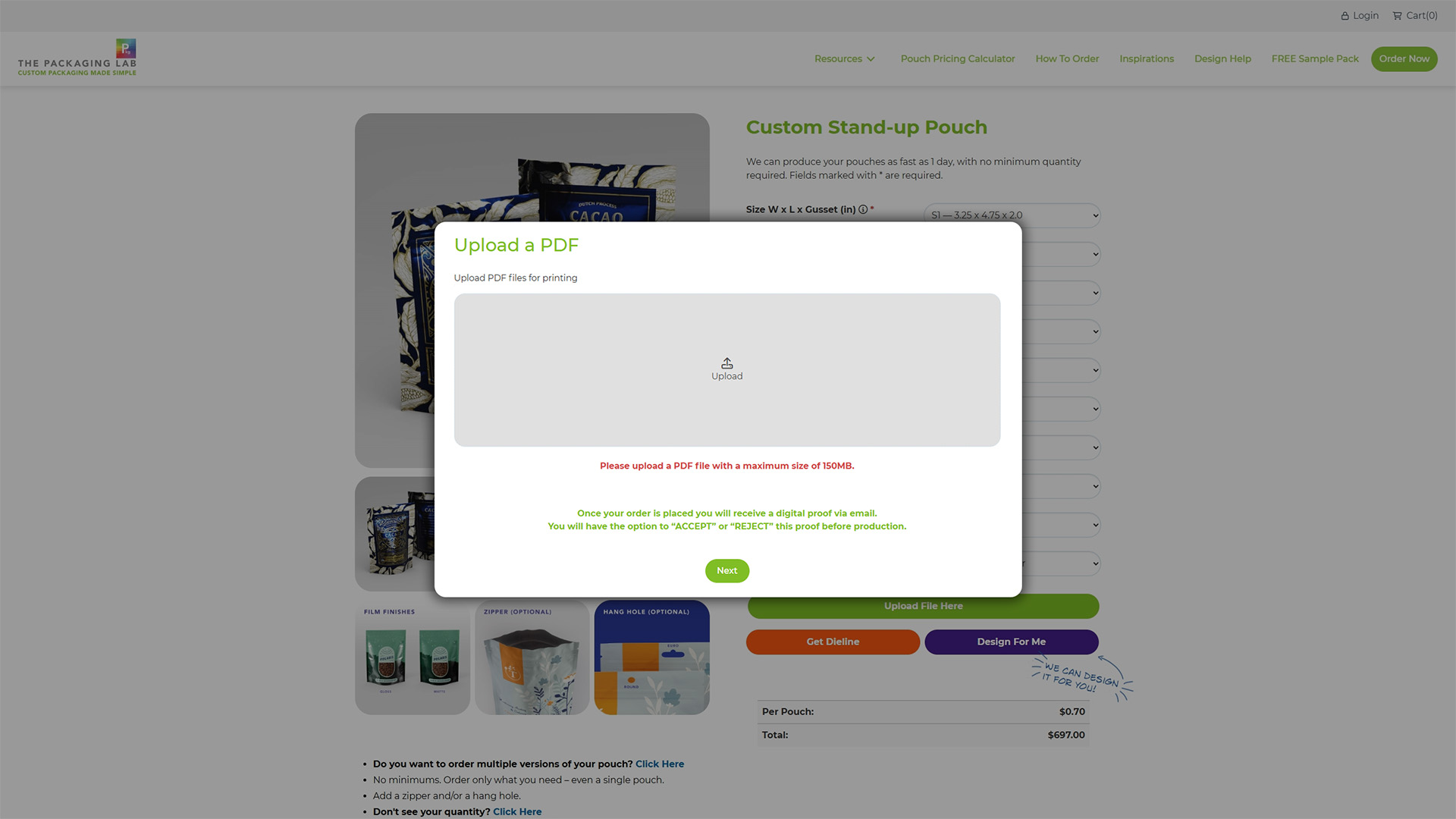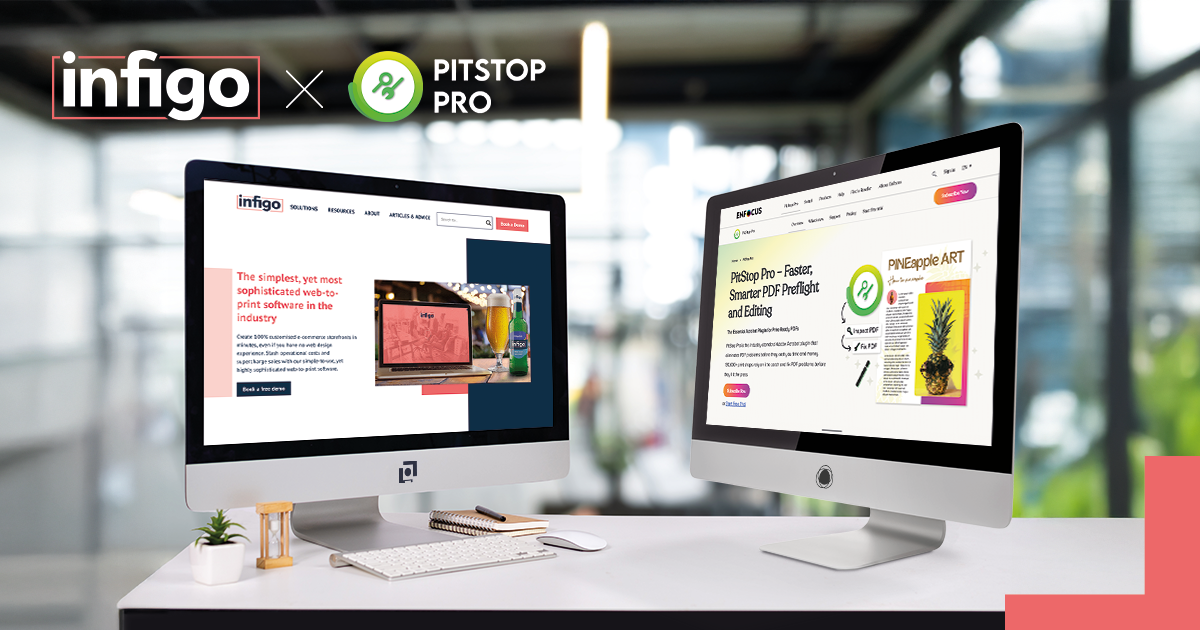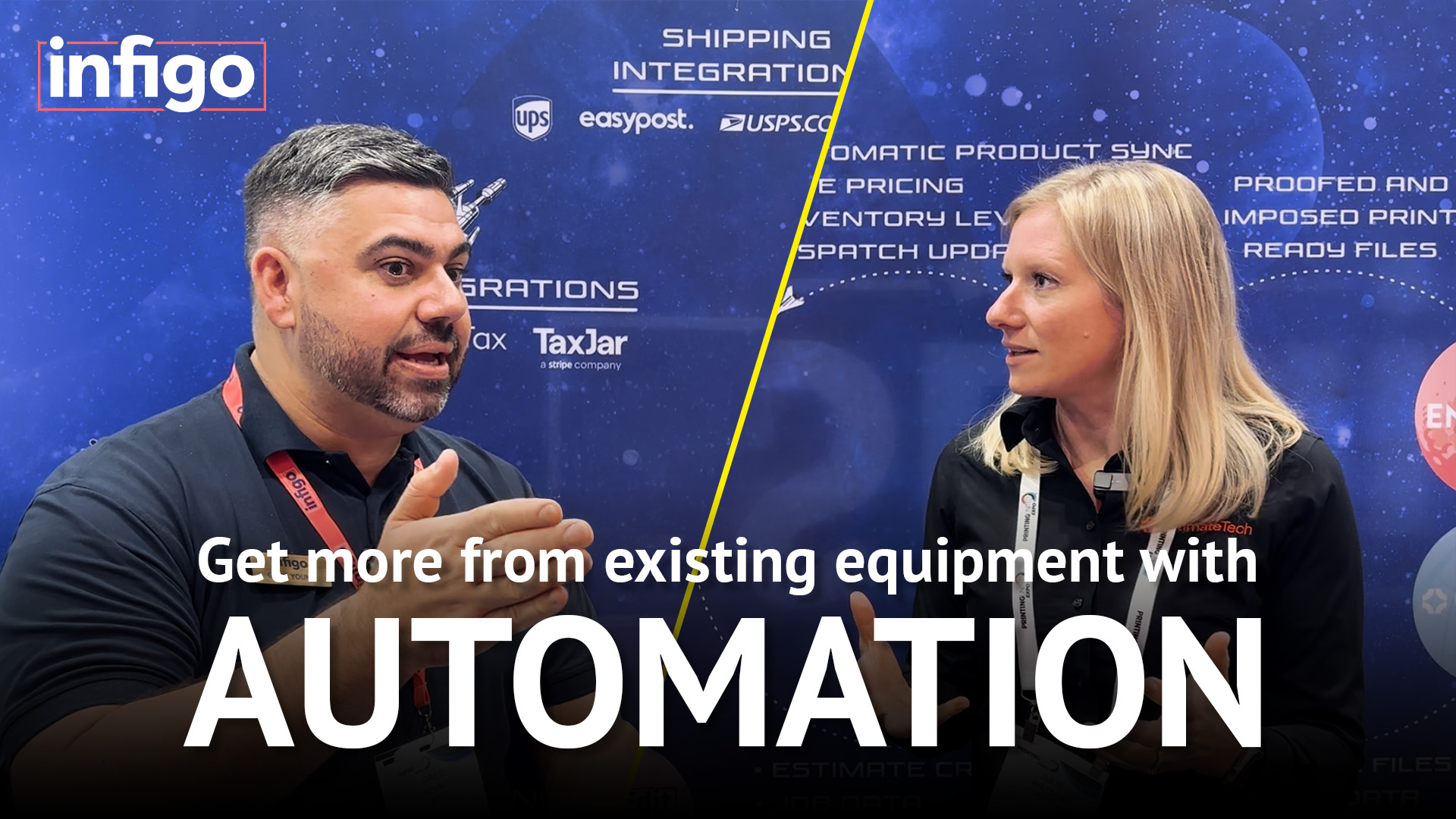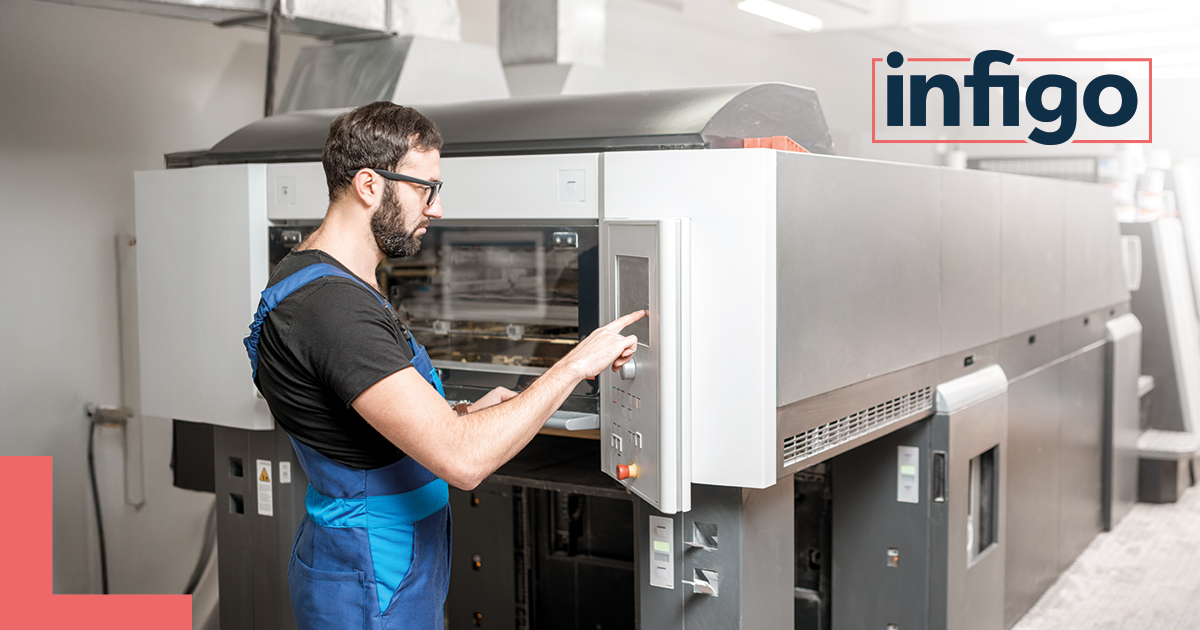In the world of B2C Web2Print, or online print ecommerce, one critical decision will shape everything else.
Who is your ideal customer. Professional designers or everyday users?
It really boils down to these two paths. And trying to serve them both? That’s the fastest route to failure. Your website becomes confusing. Your message gets diluted. Designers won’t take you seriously, and non-designers will leave in frustration.
Successful companies using web-to-print like The Packaging Lab and Funeral Prints, cracked this code a long time ago. They chose a path and built a business that is perfectly tuned to their ideal customer.
Path one – Serving professional designers – Become a Trusted Resource
Professional designers live in a world of tight deadlines and high expectations. They have invested thousands of pounds/dollars/euros and countless hours into mastering their tools of the trade. For them, a job isn’t just a job; it’s their reputation on the line. They don’t have time to waste on learning an online editors quirks no matter how good it is.
It’s a waste of their valuable time. To win over this crowd, you need to show them you respect their expertise. You do this by becoming a reliable resource that plugs seamlessly into their existing workflow.
This means giving them easy, unrestricted access to the good stuff:
- Rock-solid Blueprints: Clean, accurate die-lines that they can download and use instantly, saving them hours of tedious setup.
- Clear, Simple Rules: Easy-to-find technical specs that tell them exactly how to prepare their files to avoid costly printing errors.
- A simple and reliable way to upload: A fast, simple uploader with an automated pre-flight check that gives them instant feedback if their file has an issue.
Packaging Lab built a multi-million-dollar business on this simple premise. They don’t try to be a design tool. They are a trusted supplier for the experts, and that focus has made them an industry leader.

Path two – empowering everyday users
Your other option? Help regular people. Small business owners, families, students, and people who just need to get something printed. For them, a blank white screen is genuinely terrifying. They’re thinking, “Where do I even start? What fonts look good together? Is any of this aligned?”
Your job is to take that fear away and make the creative process fun and empowering. You become their guide. This is where templates are your most powerful tool, but they have to be the right templates. Generic, clipart-filled designs won’t cut it. Your templates need to be thoughtfully designed for your specific audience.
Think of it like a great IKEA instruction manual. It’s a work of genius because it anticipates every question and guides you, step-by-step, to a successful result. A great template system does the same. It provides beautiful, pre-approved fonts and colour palettes. It has perfectly balanced layouts. It allows for personalization but within a “safe” framework that prevents the user from making a mess.
What they need:
- Beautiful, relevant templates tailored to their niche
- Safe customisation within smart frameworks (no clipart overload!)
- Helpful UX that guides them from start to finish
- Tools that simplify design choices (font pairing, alignment, color matching)
Funeral Prints is a masterclass in this approach proven by the fact that they make millions every year. Their entire platform is built with empathy. They understand their customer is stressed and needs a simple, reliable process that results in a beautiful, dignified tribute. They don’t just sell templates; they sell certainty and peace of mind.

The Right web to print tech powers both paths
Whether you’re building a resource and upload hub for pros so they integrate you into their workflow or a guided experience for beginners to feel like a pro, you need a powerful and flexible tech platform running the show. A system like Infigo is designed to be that core engine, easily configured for either path.
If you’re serving Pro’s:
Our tech gives you the ability to structure and show the right resource at the right time and automates the boring stuff.
- Instantly check uploaded files for common problems like resolution or bleed, giving instant feedback and saving a huge amount of back-and-forth emails
- You can have highly accurate 3d previews with overprint and white ink simulation.
Our platform makes your templates as simple or complex as your niche needs it. It can do things like
- Automatically resize text as a user types to ensure it always fits perfectly,
- Swap out colours in a design while guaranteeing they all still match and hold the users hand through out every step.
It’s all about creating a smooth, frustration-free journey for the customer.
But what about AI?
Somebody just shouted “AI will save the empty canvas!”. Not quite. AI is the sidekick, not Hero yet.
With all the buzz, it’s easy to think AI can just take over the whole design process. The reality is, it’s not there yet. While impressive, generative AI often creates generic-looking designs and struggles with print-specific requirements like bleed, colour profiles and a range of other technical requirements. And quality is a gamble.
Right now, the best role for AI is as a helpful sidekick:
- Suggest three different headline options for a brochure.
- Tidy up a paragraph of text written by the user.
- Offer a few different background patterns to try out within a template.
- AI is a fantastic tool for adding options and making small tasks easier, but it’s not a replacement for a well-structured template or a professional designer.
Check our articles from time to time, we might have one or two sidekicks show up in our toolset in the near future.
Your critical business decision: Choose a lane
Ultimately, it all comes back to that one fundamental choice. Who are you in business for?
- Professional designers – Who want speed, accuracy, and minimal hand-holding?
- Everyday customers – Who need guided help, templates and reassurance
A Professional needs easily accessible resources, specifications and a quick in and out.
Everyday person? Needs guidance and just enough freedom for them to make a product feel like it’s their own. If you find a specific niche of printed or personalised products even better.
Once you decide, every other choice becomes clearer. The business that tries to be for everyone ends up being for no one. Pick your lane, serve that customer better than anyone else, and you’ll build a business that not only survives but thrives.




